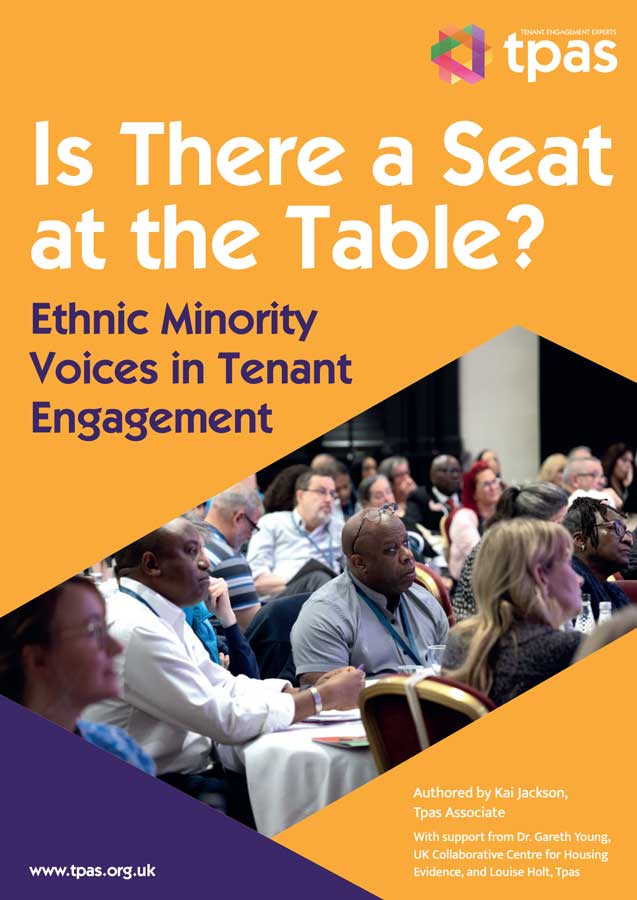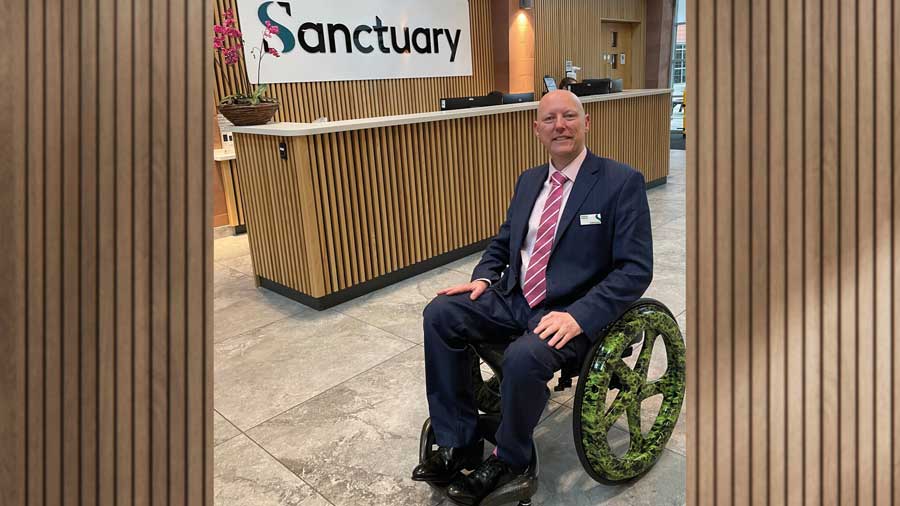Image: Istock
Future leaders: why representation at the top matters
Leadership diversity is not just about equality, it is also key to an organisation’s effectiveness

PEOPLE & CULTURE

Rachael Williamson
Executive Director of Policy, Communications and External Affairs, Chartered Institute of Housing, and member of the Women’s Housing Forum steering group

Rachael Williamson
Executive Director of Policy, Communications and External Affairs, Chartered Institute of Housing, and member of the Women’s Housing Forum steering group
Issue 79 | September 2025
Who leads matters. Especially in the housing sector, where trust, accountability, and fairness are central to our mission. Yet across boards, committees, executive teams, and governance structures, many groups remain under-represented. The Better Social Housing Review (BSHR) put it plainly: ‘Too many social housing organisations do not reflect the communities they serve.’ Far from just an optics issue, it’s an operational risk.
The sector must not only ask why this under-representation persists but act decisively to address it. Because leadership diversity is not just about fairness. It’s about effectiveness.
The case for change
CIH’s EDI Framework and the Better Social Housing Review (BSHR) share a clear diagnosis: progress on diversity, equity and inclusion (EDI) in leadership has been patchy, inconsistent, and too often siloed from core business strategy.
Representation gaps persist because of structural barriers – not because of a lack of talent. These barriers include:
- recruitment processes that favour those already ‘in the club’
- limited progression routes for under-represented groups
- poor-quality data on workforce diversity
- inadequate focus on lived experience in leadership roles.
The Ethnic Minority Voices in Tenant Engagement report from Tpas added further weight, showing how under-representation in tenant panels, scrutiny groups and executive roles feeds mistrust and detachment. It found that many staff and tenants from ethnic minority backgrounds felt excluded because decision-making spaces were dominated by the same voices, cultural competence was lacking, and opportunities to contribute meaningfully were limited or tokenistic.
So what can be done about it?
Strategies for increasing representation and equity
Drawing on sector evidence and CIH’s tools and resources, five key strategies emerge:
01
Make inclusion a leadership priority
Change starts at the top. As the BSHR emphasises, boards and executives must be accountable for EDI outcomes. CIH’s EDI Framework encourages embedding inclusion into leadership behaviours, performance objectives and organisational values. Leadership that models inclusive practice is more likely to deliver it system-wide.
02
Redesign recruitment and progression.
Move beyond ‘culture fit’ to focus on ‘culture add’. Redesign role specifications and interview panels to reduce bias. Use data to identify where under-representation exists and intervene accordingly. Programmes like Leadership 2025 demonstrate the power of targeted leadership development for ethnic minority professionals, but similar investment is needed across other under-represented groups.
03
Value lived experience.
The CIH Framework highlights the value of leaders who understand social housing not just academically, but experientially. Whether from ‘frontline’ roles, as former tenants, or from communities most affected by housing inequality, these perspectives bring insight that technical qualifications alone cannot match. Yet they remain rare at executive level.
04
Invest in cultural competency.
Organisational culture must be safe, respectful and inclusive. The Tpas report found that staff uncertainty and discomfort around engaging with minoritised groups undermined trust. Leadership teams must be trained in cultural competence – not just as a compliance measure, but as a core leadership skill.
05
Use data to drive action.
Many providers still lack up-to-date, comprehensive workforce and board diversity data. The CIH Framework urges organisations to collect, monitor and act on this data, and to use it to set measurable goals. Without it, ambition remains abstract.
What is CIH doing?
At CIH, we know there is work for us to do, both as a sector body and as an organisation in our own right. But we’ve worked hard in recent years to drive progress. We were recognised by RECA (the Race Equality Code Accreditation) for our work on race equality. We’ve increased the diversity of our board, launched an EDI members census, and established an EDI board sub-group to oversee our strategy and progress.
Internally, we’ve created an EDI colleague group to help provide a safe and empowering space for staff to share experiences and shape change. These initiatives are supported by our broader commitment to inclusive leadership across the profession, through guidance, training, and our EDI Framework.
But we know we’re not the finished article. Like many in the sector, we need to continue making progress, listening to those with lived experience, and holding ourselves to account.
Why it matters
This is not a ‘nice to have’. Inclusive leadership is proven to improve outcomes. Diverse teams make better decisions, respond more effectively to risk, and connect more meaningfully with tenants. As the BSHR warned, when leadership lacks diversity, it becomes harder to build trust, especially in communities that have long felt ignored or marginalised.
Inclusive leadership also strengthens workforce resilience. Staff who see progression routes that include people like them are more likely to stay, grow, and contribute fully. And in a tight labour market, inclusive employers have a competitive edge.
Looking ahead
The future of housing leadership must be developed to include the breadth of talent, insight and experience that is representative of the tenants and residents we work with and for. If we say we value inclusion, fairness and social justice, then who we empower to lead must reflect that.
“Inclusive leadership is proven to improve outcomes. Diverse teams make better decisions, respond more effectively to risk, and connect more meaningfully with tenants.”


